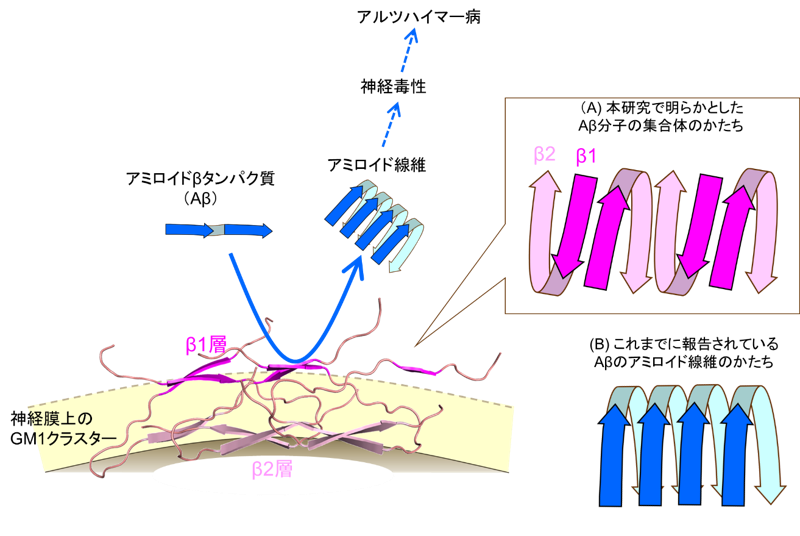2023-08-03 イリノイ大学アーバナ・シャンペーン校

Treatments modulating the neurotransmitter GABA and its main receptors in the brain could help address both the affective and cognitive symptoms associated with depression, such artist Vincent Van Gogh is suspected to have experienced, the authors of a new paper say.
“Sorrowing Old Man (At Eternity’s Gate),” Vincent van Gogh, Public domain, via Wikimedia Commons
◆抑うつに対してはセロトニンを増加させる薬が一般的ですが、GABAとGABA-A受容体の機能障害が抑うつに寄与している可能性が指摘されており、新たな治療戦略の可能性が示されています。
<関連情報>
- https://news.illinois.edu/view/6367/2003014918
- https://www.cell.com/trends/pharmacological-sciences/fulltext/S0165-6147(23)00136-0
GABA受容体、うつ病治療の次世代標的としての可能性 GABAA receptors as targets for treating affective and cognitive symptoms of depression
Bernhard Luscher,Jamie L. Maguire,Uwe Rudolph,Etienne Sibille
Trends in Pharmacological Sciences Published:August 03, 2023
DOI:https://doi.org/10.1016/j.tips.2023.06.009
Highlights
- A neuroactive steroid (NAS) targeting δ-GABAA receptors has been approved for the treatment of peripartum depression; clinical trials of NASs for the treatment of major depressive disorder are ongoing.
- Preclinical studies indicate that both positive and negative modulators of α5-GABAA receptors (α5-GABAARs) have antidepressant-like actions; we discuss a model that explains how bidirectional modulation of the same GABAA receptor population can result in antidepressant-like action.
- A model for how positive allosteric modulation of α5-GABAARs may lead to an improved signal-to-noise ratio in cortical microcircuits and thus restored information processing and cognitive function is discussed.
Abstract
In the past 20 years, our understanding of the pathophysiology of depression has evolved from a focus on an imbalance of monoaminergic neurotransmitters to a multifactorial picture including an improved understanding of the role of glutamatergic excitatory and GABAergic inhibitory neurotransmission. FDA-approved treatments targeting the glutamatergic [esketamine for major depressive disorder (MDD)] and GABAergic (brexanolone for peripartum depression) systems have become available. This review focuses on the GABAA receptor (GABAAR) system as a target for novel antidepressants and discusses the mechanisms by which modulation of δ-containing GABAARs with neuroactive steroids (NASs) or of α5-containing GABAARs results in antidepressant or antidepressant-like actions and discusses clinical data on NASs. Moreover, a potential mechanism by which α5-GABAAR-positive allosteric modulators (PAMs) may improve cognitive deficits in depression is presented.

